Oleoresins
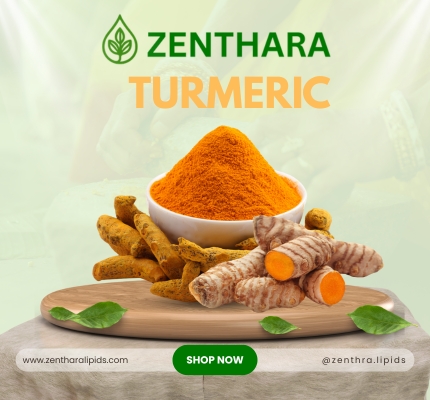
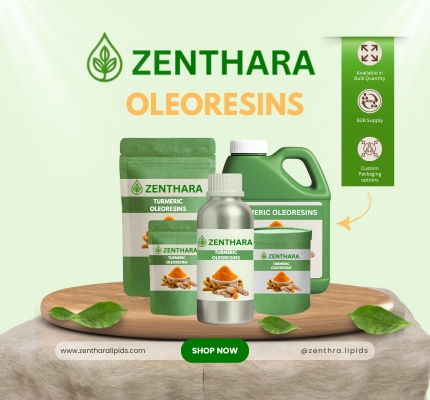
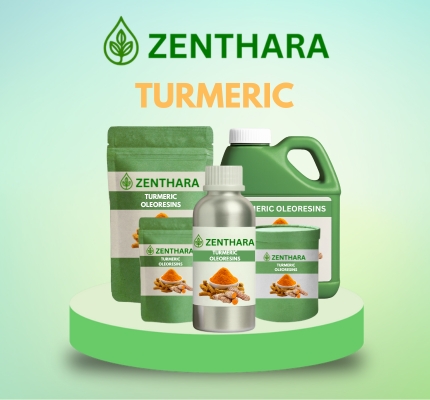
Turmeric
Turmeric oleoresin is extracted from the rhizomes of Curcuma longa L., a plant native to Southeast Asia and part of the Zingiberaceae family. Renowned for its vivid yellow-orange hue and earthy flavor, turmeric is a staple in culinary and wellness applications. The oleoresin is rich in natural coloring bioactives like curcumin, demethoxycurcumin, and bisdemethoxycurcumin, and is obtained using advanced Supercritical CO₂ extraction methods to preserve its potency and purity.
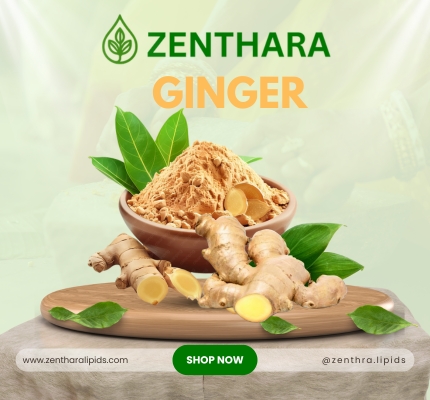
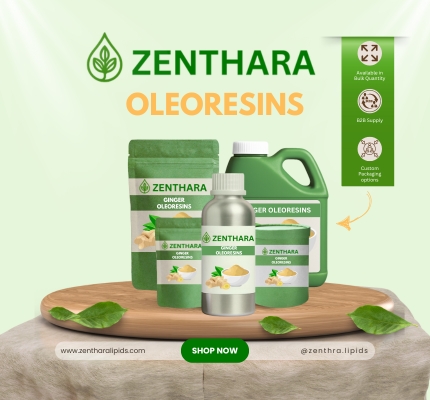
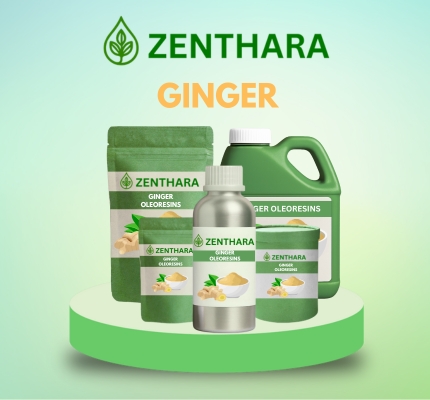
Ginger
Ginger Oleoresin is derived from the dried rhizomes of Zingiber officinale, a flowering plant native to Southern China and widely cultivated across Asia. Traditionally valued in both medicine and cuisine, ginger has long been used for its therapeutic and aromatic properties. Extracted using solvent extraction, this oleoresin is a dark brown liquid with a spicy, woody, and citrusy aroma. It contains potent bioactive compounds such as gingerol, shogaol, volatile oils, acrid oleoresin, and starch, making it ideal for applications in flavoring, nutraceuticals, and wellness formulations.
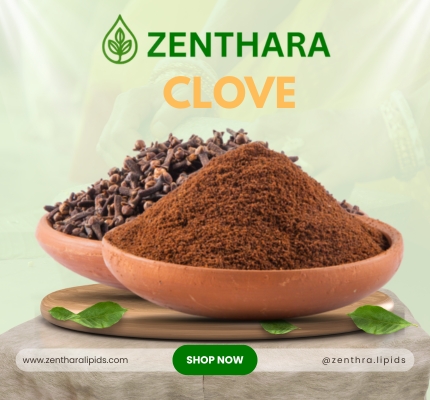
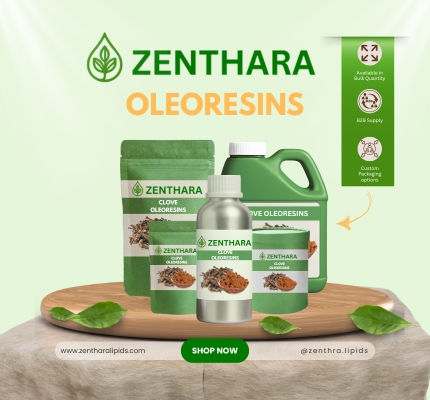
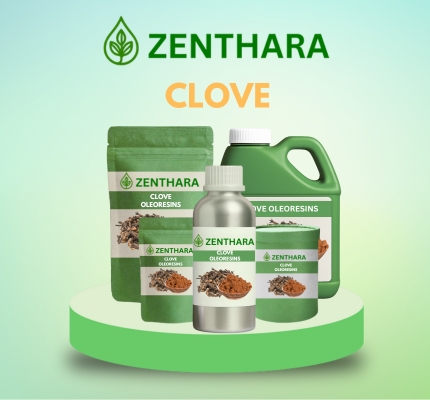
Clove
Clove Oleoresin is extracted from the dried flower buds of Eugenia caryophyllata, a member of the Myrtaceae family. Known for its rich aromatic profile and therapeutic properties, clove contains a powerful mix of antioxidants and antimicrobials. The oleoresin is obtained through supercritical CO₂ extraction, preserving its key bioactive compounds such as eugenol, iso-eugenol, and caryophyllene. The resulting extract is dark brown with a sweet, spicy aroma, and is packed with essential nutrients like sodium, potassium, calcium, iron, and vitamins A and C. It is widely used in flavorings, natural medicine, and wellness products.
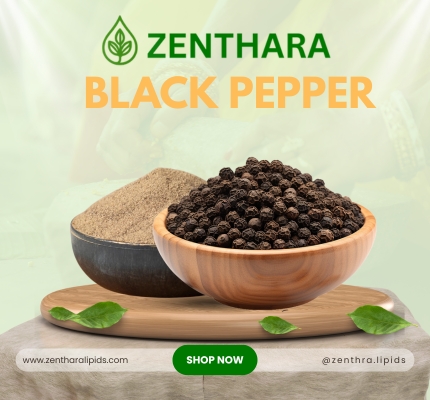
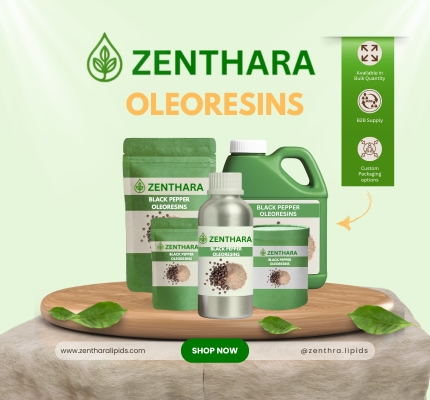

Black pepper
Black Pepper Oleoresin is extracted from the dried peppercorns (Piper nigrum) through supercritical CO₂ extraction. This oleoresin is a concentrated liquid with a yellow to brown hue and a distinctively pungent, spicy aroma due to its high piperine content (5–9%). It also contains phenolic compounds that provide strong antioxidant properties. Widely used in the food industry to impart heat and flavor, black pepper oleoresin is valued for its consistency, potency, and versatility in culinary and pharmaceutical applications.
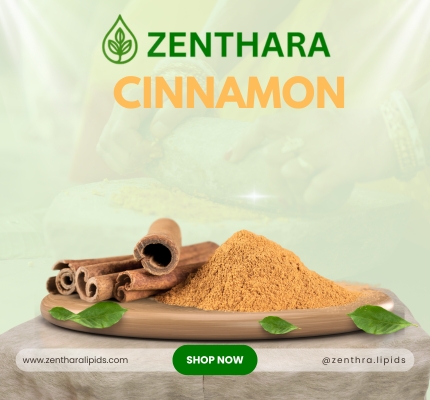
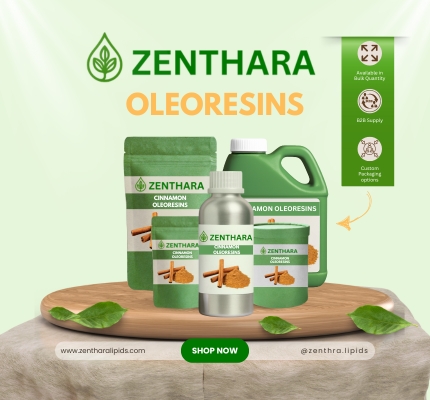
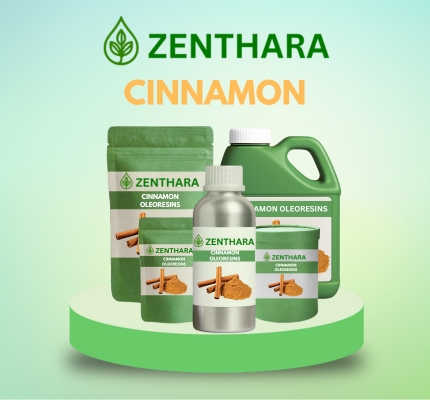
Cinnamon
Cinnamon Oleoresin is extracted from the bark of Cinnamomum species—evergreen trees native to China and Vietnam—using solvent extraction methods. This dark brown, slightly viscous liquid contains powerful bioactive compounds including terpenoids, phenylpropanoids, and various aromatic hydrocarbons. Rich in antioxidant and antimicrobial properties, cinnamon oleoresin is widely used as a flavoring agent in baked goods, confectionery, and specialty foods, offering a warm, sweet-spicy aroma and robust flavor profile.

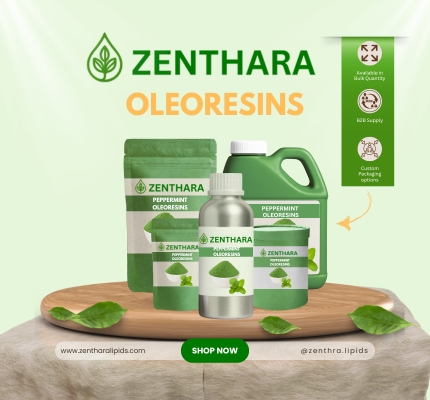
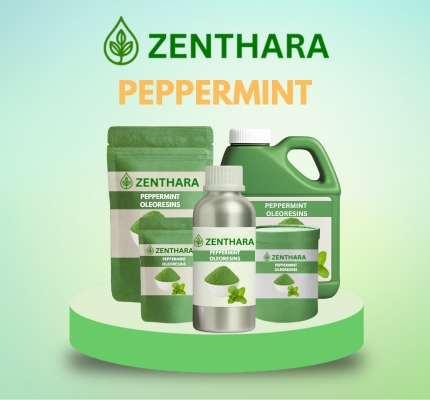
Peppermint
Peppermint Oleoresin is extracted from the leaves of Mentha × piperita, a hybrid of spearmint and water mint. Native to Europe and the Middle East, peppermint belongs to the Lamiaceae family. The oleoresin is a concentrated extract that captures both volatile and non-volatile compounds of the plant, resulting in a dark, viscous liquid with a strong, refreshing menthol aroma and pungent, camphor-like flavor. Rich in menthol, menthone, and other bioactive compounds, peppermint oleoresin is known for its carminative, antimicrobial, stimulant, and antiemetic properties. It is widely used in pharmaceuticals, flavoring, aromatherapy, and personal care products for its soothing and invigorating effects.
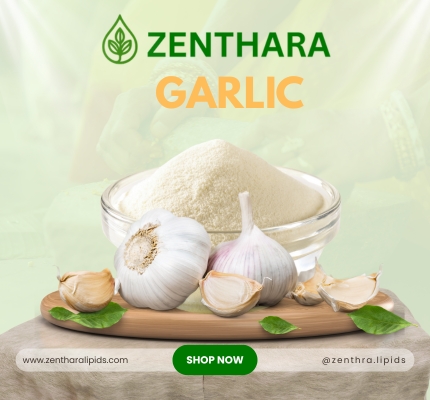
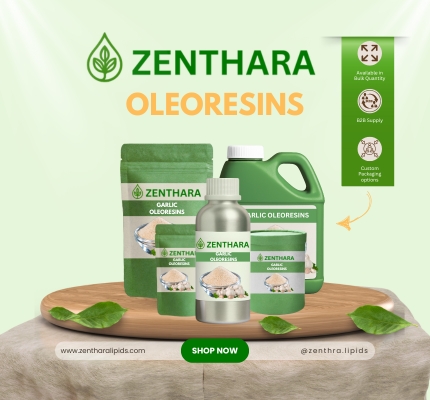
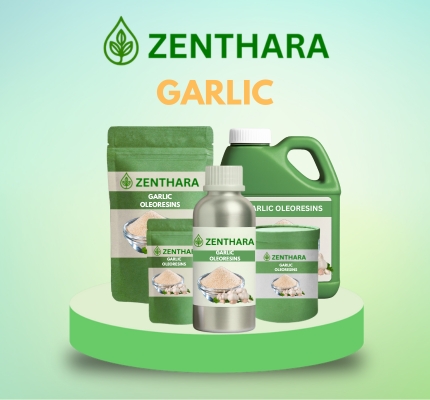
Garlic
Garlic Oleoresin is extracted from the bulbs of Allium sativum, commonly known as garlic and often referred to as the “Stinking Rose.” Native to Central Asia and Iran, garlic belongs to the Allium genus and is rich in vitamin C and B12. The oleoresin is a dark brown liquid with a strong, pungent aroma, containing active compounds such as allicin, disulphides, and propyl compounds. Renowned for its therapeutic properties, garlic oleoresin is used in pharmaceuticals, nutraceuticals, and culinary applications. It has been traditionally valued for its antimicrobial, anticancer, and immune-boosting effects, and is widely used to enhance both flavor and health benefits in foods and supplements.
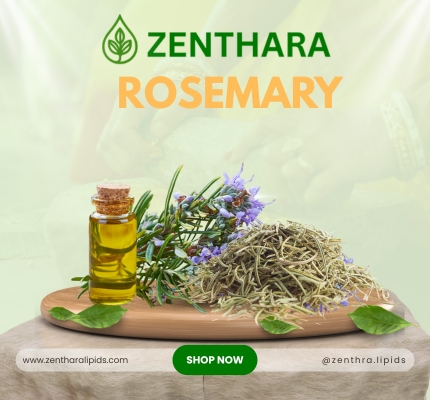
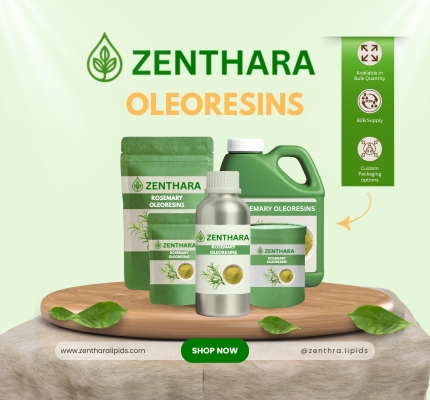
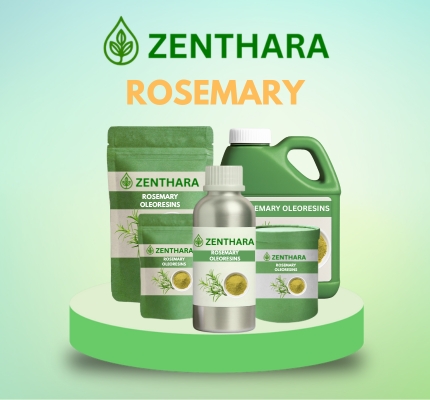
Rosemary
Rosemary oleoresin is extracted from the leaves of Rosmarinus officinalis L., an evergreen shrub native to the Mediterranean region and sub-Himalayan areas. This potent extract is rich in terpenoids, essential oils, alkaloids, and flavonoids, which contribute to its wide range of therapeutic benefits. Rosemary oleoresin exhibits strong antimicrobial, antioxidant, anti-inflammatory, and neuroprotective properties, making it a valuable ingredient in cosmetics, pharmaceuticals, food preservation, and aromatherapy. Its naturally occurring compounds help extend shelf life, enhance wellness, and support cognitive health.
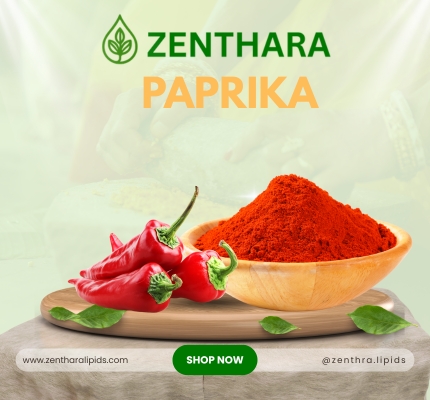
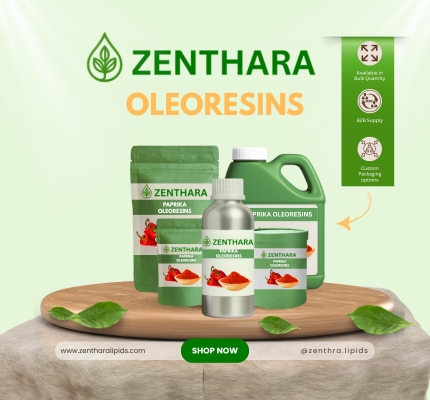
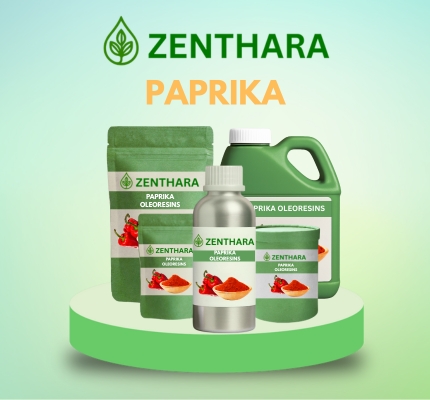
Paprika
Paprika Oleoresin is an oil-soluble extract obtained from the dried fruits of Capsicum annuum or Capsicum frutescens, widely valued as a natural colorant and flavor enhancer in the food industry. Rich in carotenoids such as capsanthin and capsorubin—which account for around 60% of its pigment content—it imparts a vibrant red to orange hue. Additional pigments include cryptoxanthin, zeaxanthin, violaxanthin, neoxanthin, and lutein, contributing to its antioxidant properties. Paprika oleoresin is commonly used in snacks, sauces, seasonings, and processed meats for both color and subtle pungency.
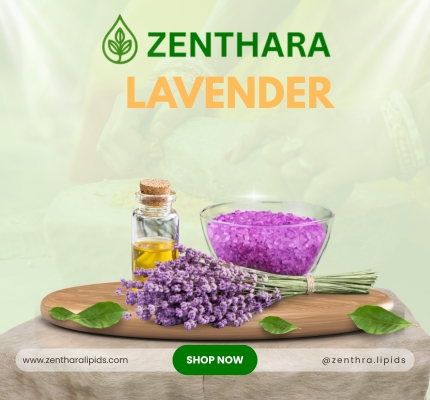
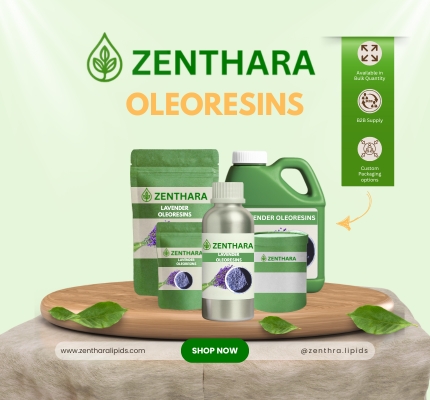

Lavender
Lavender Oleoresin is derived from the flowers of Lavandula angustifolia, commonly known as true lavender, native to the Mediterranean region. This extract captures both the volatile and non-volatile constituents of the plant, resulting in a richly aromatic, slightly viscous liquid. The key active compounds—linalool and linalyl acetate—are responsible for its distinctive floral scent and calming effect. Lavender oleoresin is prized for its therapeutic properties, including antimicrobial, antioxidant, and anti-inflammatory benefits. It is widely used in natural perfumery, aromatherapy, home and personal care products, cosmetics, and even the food and beverage industry for its soothing aroma and holistic health benefits.
